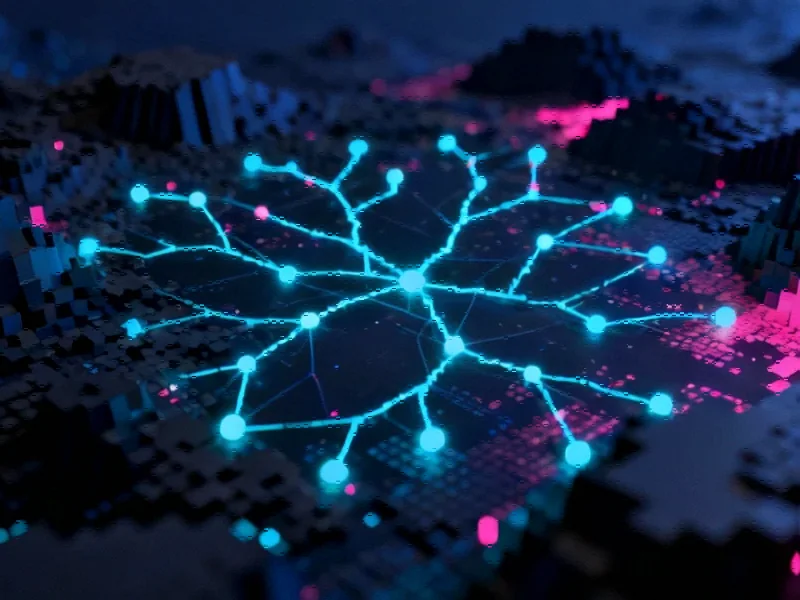AI Enters the Justice System: From Predictive Text to Police Reports
Law enforcement agencies across the United States are increasingly turning to artificial intelligence to streamline one of policing’s most time-consuming tasks: report writing. By feeding body camera audio transcripts into large language models, officers can now generate formal police reports in minutes rather than hours. This technological advancement mirrors broader industry developments where AI systems are being deployed to handle documentation across various sectors.
While the efficiency gains are undeniable, the stakes in policing are fundamentally different from other applications. Unlike AI-generated marketing copy or student essays, these reports can determine whether someone remains free or faces incarceration. The documents produced become the foundation for criminal prosecutions, making accuracy paramount to justice.
The Hidden Dangers of Automated Law Enforcement Documentation
AI systems, despite their sophistication, remain prone to errors that could have severe consequences in legal contexts. Hallucinations—where models generate plausible but fabricated information—could introduce false details into official records. Omissions might leave out crucial contextual information that could change the interpretation of an event. Even subtle biases in training data could influence how incidents are documented.
These concerns are particularly relevant given that officers typically only review and sign the final document, rather than writing it from scratch. The bulk of the text, structure, and formatting comes directly from AI systems that weren’t specifically designed for high-stakes legal documentation. This represents a significant shift in how recent technology is being implemented in critical government functions.
States Take Action: The Push for Transparency and Accountability
Until recently, only Utah had mandated that police disclose their use of AI in report drafting. That changed dramatically in October 2025 when California became the second state to require transparent notice when AI assists in creating police reports. This legislative movement reflects growing recognition that the use of automated systems in law enforcement requires oversight and transparency.
The California legislation represents a crucial step toward accountability, ensuring that prosecutors, defense attorneys, and judges are aware when AI has played a role in creating evidentiary documents. This transparency allows for appropriate scrutiny of how these reports were generated and what potential limitations they might contain.
Broader Implications for Technology and Governance
The intersection of AI and law enforcement documentation raises questions that extend beyond policing. As governments increasingly adopt automated systems, similar concerns emerge across multiple domains. The careful approach being taken with police reports could establish important precedents for how we regulate related innovations in other government functions.
Furthermore, the environmental impact of technology implementation, including the energy consumption of AI systems, connects to broader market trends toward sustainable technological solutions across industries.
The Path Forward: Balancing Efficiency and Justice
As more states consider similar legislation, several key considerations emerge. First, standardization of disclosure requirements will be essential to ensure consistent practices across jurisdictions. Second, training protocols must evolve to ensure officers can effectively review and verify AI-generated content. Third, continuous monitoring and auditing systems should be implemented to identify and address patterns of error or bias.
The integration of AI into police work represents neither an unequivocal advancement nor an inherent threat. Like any powerful tool, its value depends on how it’s implemented, regulated, and overseen. The emerging state requirements for transparency represent an important first step toward ensuring that efficiency gains don’t come at the cost of justice.
The conversation around AI in law enforcement is just beginning, and the decisions made today will shape how technology serves justice for years to come. As these systems become more sophisticated, maintaining human oversight and legal accountability will remain essential to preserving the integrity of our justice system.
This article aggregates information from publicly available sources. All trademarks and copyrights belong to their respective owners.
Note: Featured image is for illustrative purposes only and does not represent any specific product, service, or entity mentioned in this article.



